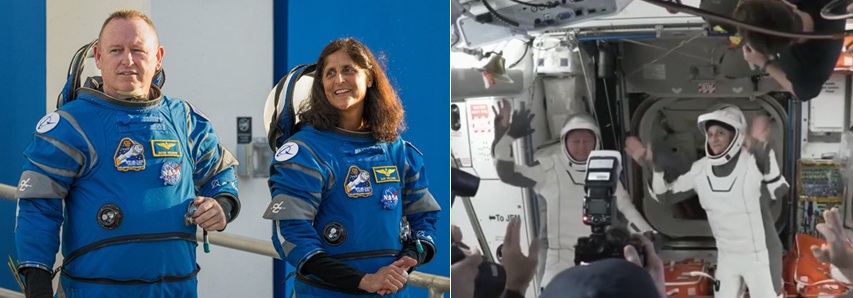While Russian and the Western nations wrestle with the Ukranian annexation crisis, for the time being it is business as usual for the International Space Station (ISS)and its respective astronaut crews. As planned, the Soyuz TMA-010M manned spacecraft undocked from the space station’s Poisk module at 0002 GMT on 11 March 2014 ready for its return to Earth.
The returning spacecraft was carrying the recent commander of the ISS, Oleg Kotov, fellow Russian cosmonaut Sergey Ryazanskiy and NASA astronaut Michael Hopkinson. After moving away from the station and making a 4 minute 50 second engine burn to slow the craft down, the Soyuz TMA-010M landing capsule detached itself from its service and orbital modules before it re-entered the Earth’s atmosphere. Having made its fiery re-entry, the craft was then parachuted down to a rocket-braked landing in Kazakhstan at 0324 GMT. Helicopters successfully recovered the crew in snowy conditions.
Command of the International Space Station (ISS) formally passed from Oleg Kotov to JAXA astronaut Koichi Wakata in a change of command ceremony on 9 March, just over a day before the departure and return to Earth of Kotov and his crewmates. The changeover marked the first time a Japanese astronaut has commanded the ISS.





